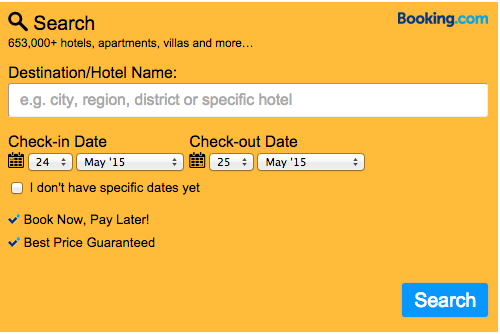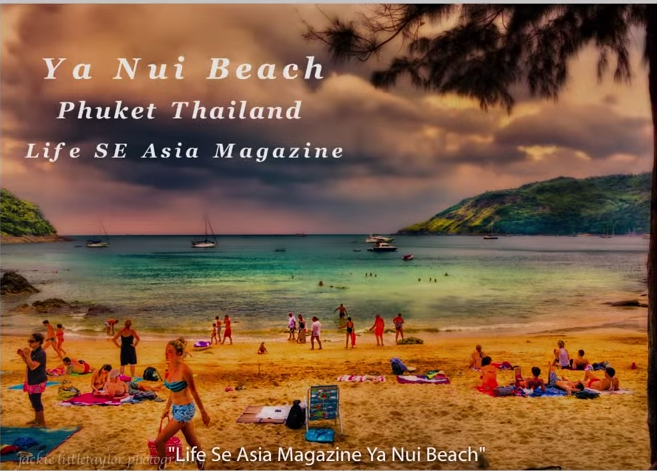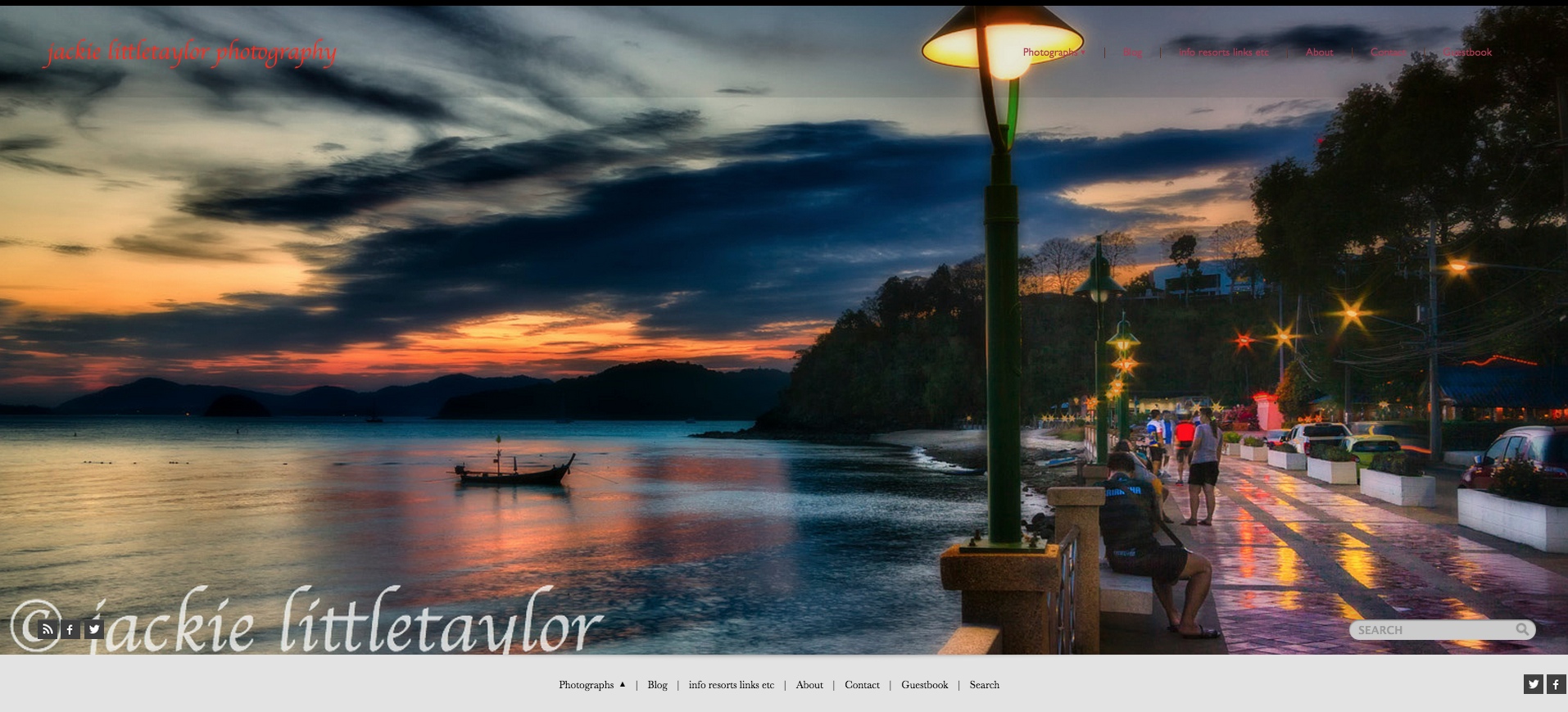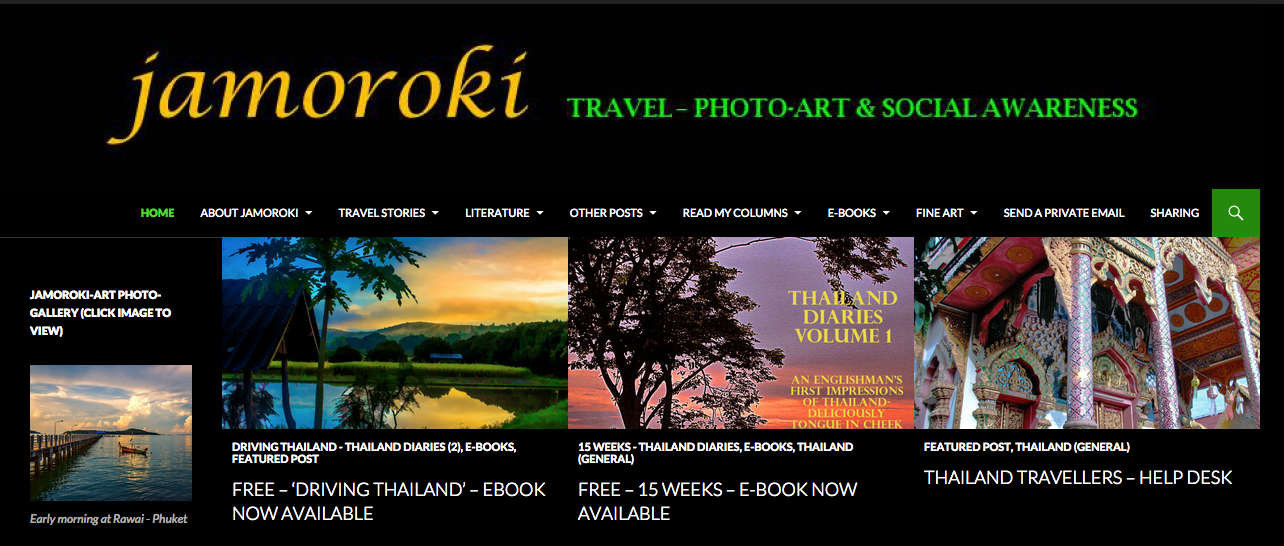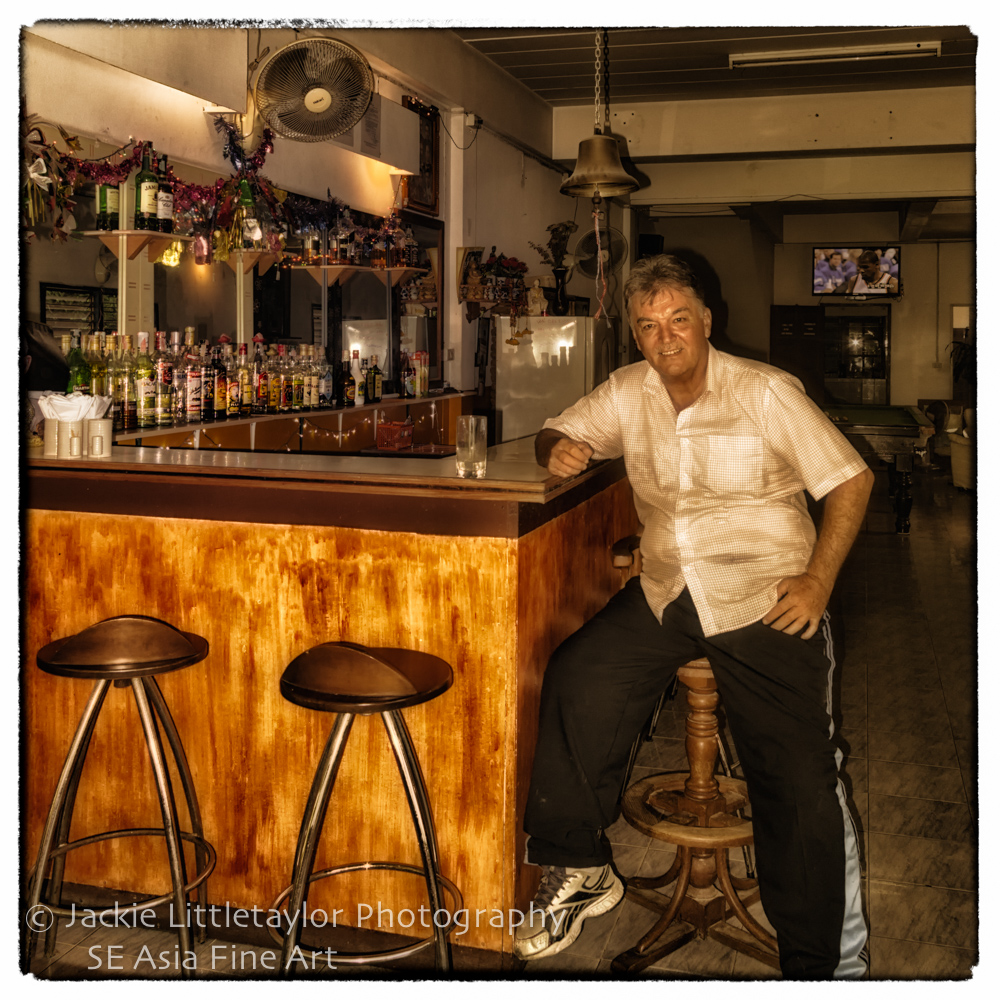Bus Travel
Buses in Laos are slow — very slow. They’re slow for a number of reasons. They’re slow because they’re old, because the roads are narrow, because they stop very frequently to pick up passengers and because they stop all the time to let people pee. They are cheap though, so the adage that you get what you pay for certainly holds true here.
The highways in Laos have improved in the past ten years, but the fact that 80% remain unpaved is a telling statistic. Still, the main routes connectingVientiane, Vang Vieng, Luang Prabang and Savannakhet are now asphalt, and the transport options on these roads include bus, minibus, and converted truck.
Vientiane has three bus stations: the Central Bus Station, the Northern Bus Terminal, and the Southern Bus Terminal.
Central Bus Station
The Central Bus Station (Khou Din) is located beside Talaat Sao Market and has bus services to nearby municipalities, a few further destinations in Laos, and northern Thailand.
Of the local bus routes, Bus #14 is the cheapest way to get to Buddha Park or theFriendship Bridge (5,000 kip) and departs roughly every 20 minutes, 06:00–17:30. Bus #29 goes to the Southern Bus Terminal (Dong Dok) every 10 to 20 minutes and costs 4,000 kip. A few buses (#3, #30, #49) pass the turn-off to the airport, though none actually go to it. Note that local buses are often marked only with Lao letters and numbers, but the station staff will happily direct you to the right bus.
Tourists are often told to go to the bus stations out of town for long distance services, though it’s possible to catch a bus to Vang Vieng, Savannakhet or Pakse here. However, the other terminals have better buses and more frequent departures for these routes. Service to Vang Vieng departs at 07:00, 09:30, and 13:00; to Savannakhet at 05:00, 06:00, and 70:00; and Pakse at 13:00, 14:00, and 15:00. Check the large white signs with destinations and departure times printed in English for the most recent schedule.
The Central Bus Station also offers convenient service to Nong Khai, Udon Thani, Korat and Khon Kaen in northern Thailand. From any of these cities it is easy to catch buses to other destinations within Thailand.
Northern Bus Station
The Northern Bus Station, 2 km northwest of the city centre (sometimes called the Luang Prabang bus station), is the main departure point for Luang Prabang and other northern destinations as well as buses to southern China.
Buses bound for Luang Prabang depart regularly throughout the day, with about one every 2 hours, though most tourists prefer the overnight sleeper bus. The air-con buses are perfectly comfortable for the long journey, or the VIP buses provide a bit extra space and usually a snack and bottled water. Any bus bound for Luang Prabang can drop you off in Vang Vieng, though you pay the same ticket price as if you were going all the way. A better option is to book a mini-bus ticket from a travel agency (10:00, 14:00; 60,000 kip).
Travel agencies in Vientiane charge about 150,000 kip for a ticket on the air-con bus to Luang Prabang, though this will include pick-up from your guesthouse and transport to the bus station.
Southern Bus Terminal
The Southern Bus Terminal (Dong Dok) is the main departure point for all destinations south of Vientiane and international services to Vietnam and Cambodia. It’s located about 8 km north of the city centre on Route 13 leading up from the Patuxai monument and tuk tuks will ask for 50,000 kip to take you there, though you can bargain them down a little. An alternative is to take bus #29 from the Central Bus Station for 4,000 kip. Again, buying your ticket from a travel agency will cost more but it includes transport to the bus station. All buses traveling to the south and neighboring countries such Thailand, Vietnam, and Cambodia depart from this terminal. One can take the local bus No. 29 for 2,000 kip from Vientiane Central Bus Station or take a Song Thaew at the station behind the University of Health Sciences next to the Central Bus Station on Khouvieng Road for 5,000-10,000 kip to reach the Station. A Tuk-Tuk to the terminal from town costs around 60,000 kip and by Taxi 90,000 kip. Generally, when a VIP or tourist bus is purchased, the price of the ticket includes free transfer to the Station.
Bangkok VIP Bus
Any guesthouse or travel agency can sell you a ticket on the overnight VIP bus to Bangkok. The bus is quite comfortable with air-con, reclining seats, movies and WiFi, and the price includes a stop for supper. You’ll be picked up at your guesthouse around 17:00, change buses at the border, then arrive in Bangkok around 06:00 the next morning. The price is 750 to 800 baht, depending on where you want to be dropped off (Khao San Road, Morchit bus station, or the airport).
Minibuses to Vang Vieng
The easiest way to get to Vang Vieng is to book a seat in a minivan through your guesthouse or a travel agency. The ticket includes pick-up from your guesthouse at around 10:00 or 14:00 and costs 60,000 kip.
Friendship Bridge and the crossing into Thailand
If you are arriving overland from Thailand, visas-on-arrival are issued at the Lao border crossing and are valid for 30 days. The visa fee ranges from $30 to $42, depending on your nationality, and it’s best to pay in US dollars.
There is direct bus service from the Nong Khai bus station to Vientiane for 55 baht, or you can do it yourself. The shuttle bus between the immigration posts is 20 baht and, on arrival on the Lao side, you’ll have to bargain with a tuk tuk for a ride to the city. If there’s a group of six or more, a fair rate would be 50 baht per person. Otherwise, hiring a taxi to take you the whole way will cost around 300 baht.
From Vientiane going to Thailand, the easiest way is to take the Nong Khai bus from the bus station near the market. Alternatively, you can arrange a taxi from the central market to drive you to the Friendship Bridge for 100,000 kip.
The Lao–Thai Friendship Bridge is just a 10- to 15-minute walk from the Nong Khai train station, or a quick tuk tuk ride if you don’t fancy carrying your bags.
Some common routes through Laos include:
- Luang Prabang to Phonsavan - minibus: cramped, so arrive early to get good seats as near the front as possible; beautiful views so secure a window seat if possible.
- Phonsavan to Sam Neua - converted pickup truck: beautiful views but lots of hills and bends, hence possible nausea.
- Sam Neua to Muang Ngoi - minivan: a 12 hour trip along a horrible road; good views and a necessary evil, but fun if you’re prepared to get a few knocks and talk to some Lao people who are, after all, in the same boat.
- Muang Ngoi to Luang Namtha - Minivan: 10 hour trip (Oudomxay); OK road, much travelled by backpackers.
- Luang Namtha to Huay Xai - road only passable in the dry season, but the same journey can be made by boat in the rainy season. China is building a new road to Thailand. The road from Luang Namtha to Huay Xai is part of this road and it is a very good road.
- Paksan to Phonsavan - the road from Paksan to Phonsavan is steadily improving and most of it is paved. Only one bridge remains to be completed and even this is expected to be done by the end of 2012. Travel time from Paksan to Phonsavan is now 4-5 hrs, a great improvment to the 16-20 hrs experieced only a few year ago. Public bus is available from Vientiane and Paksan on a daily schedule. The small town of Tha Thom is half way between Paksan and Phonsavan and several guesthouses and noodle shops line the road. The lush primary forest once boasted about is fast disappearing due to logging. However, it is still a beautiful way to travel and much quicker than Route 13 from Vientiane to Phonsavan.

Jumbo in Vientiane
Local transport (less than 20km) in Laos consists of tuk-tuks, jumbos, and sky labs (motorised three or four wheelers). A jumbo should cost no more than 20,000 kip (about US$2.50) for short journeys of 1-5 km.
You can now also travel the entire length of the country using a fully guided ‘hop-on hop-off’ bus service provided by Stray Travel. This is the only guided hop-on hop-off bus in South East Asia.
Especially women’ should be aware that often during lengthy bus or minibus trips there is no opportunity to go to the toilet during breaks, so it may be advisable to wear a wide skirt.
Minibuses also ply the more popular tourist legs, such as Vientiane to Vang Vieng and onwards to Luang Prabang, but the majority of routes are served by the larger, slower buses.
Vientiane, Luang Prabang, Udomxai, Savannakhet and Pakse are all transport hubs and in many cases the city will have more then one bus station, with different stations serving different destinations.
There are also through international buses — notably the following:
Vientiane - Bangkok
Savannakhet - Hue
Vientiane - Hanoi
Luang Prabang - Hanoi
City buses
Vientiane is the only city with a network of local buses, though they’re not much use to travellers.
Read more: Lonely Planet http://www.lonelyplanet.com/laos/transport/getting-around/local-transport#ixzz3KR4Wfq00
Nothing but good reviews http://www.straytravel.asia/passes-and-tours/laos/
Taxi
Vientiane has a handful of taxis that are used by foreign business people and the occasional tourist, though in other cities a taxi of sorts can be arranged. They can be hired by the trip, by the hour or by the day. Typical all-day hire within a town or city costs between US$35 and US$45 subject to negotiations
Read more: http://www.lonelyplanet.com/laos/transport/getting-around/local-transport#ixzz3KRRaDoPs
By songthaew
A songthaew (ສອງແຖວ) is a truck-based vehicle with a pair of bench seats in the back, one on either side — hence the name, which means “two rows” in Thai. In English tourist literature, they’re occasionally called “minibuses”. By far the most common type is based on a pick-up truck and has a roof and open sides. Larger types start life as small lorries, and may have windows, and an additional central bench; smaller types are converted micro-vans, with a front bench facing backwards and a rear bench facing forwards.
Songthaews are operated extensively as local buses (generally the most economical way to travel shorter distances) and also as taxis; sometimes the same vehicle will be used for both. Be careful if asking a songthaew to take you to someplace if there is nobody in the back, the driver might charge you the taxi price. In this case, check the price of the ride before embarking.
By tuk-tuk
The name tuk-tuk is used to describe a wide variety of small/lightweight vehicles. The vast majority have three wheels; some are entirely purpose-built , others are partially based on motorcycle components (primarily engines, steering, front suspension, fuel tank, drivers seat). A tuk-tuk organisation in Vientiane controls the prices that tourists are expected to pay for point to point destinations. The rates negotiable, and well you should clearly bargain rates prior to getting on the tuk-tuk. The current rates can be found here: Tuk Tuk Prices in Vientiane
By motorcycle
Motorcycle travel in Laos is not without risks, but the rewards of truly independent travel are great. There are several rental shops in Vientiane only and bike rentals in other parts of the country are few. The quality of machines varies from shop to shop so you need to fully inspect your new friend before you head out on the road. There are many good roads and many paved ones and touring Laos is done easily. Most bikes in Laos are Honda Baja or XR 250 dual purpose bikes and anything else is usually mechanically questionable. Helmets are not only mandatory in the country but a valuable item in a place where traffic rules are made up by the minute. Police have been cracking down on people who do no have a motorcycle licence, so expect to pay a fine if caught without one. Larger enduro-style dirt bikes can be hired long-term from some travel agents. Prices are reasonable, but be sure to carefully check the bike, and whatever you do, do not use the chain and padlock provided by the shop to lock up the bike at night — use your own.
Car Rental:
Private car hire, generally with driver, can be arranged through any travel agent in Vientiane or Luang Prabang. Unless you have very specialised needs (or are travelling with your family in tow) private car hire is not a cheap way to explore Laos. Will need an International DL
a good choice is at http://www.avrlaos.com/car_rental&booking.php
Boat and Waterway Travel:
Boats along the Mekong and its tributaries are useful shortcuts for the horrible roads, although as the road network improves river services are slowly drying up, and many of the remaining services only run in the wet season, when the Mekong floods and becomes more navigable. Huay Xai (on the border with Thailand) to Luang Prabang and travel south of Pakse are the main routes still in use.
There are so-called slow boats and speedboats - the latter being tiny lightweight craft equipped with powerful motors that literally skid across the water at high speeds.
By slow boat
Many people go from Chiang Khong in Thailand via the border town of Houai Xai down the Mekong to the marvellous city (if you can call a town of 16,000 a city) of Luang Prabang. The journey takes two days and is very scenic. Apart from that, it is a floating backpacker ghetto with no (good) food sold & so bring your own, cramped and considerably hot. Be sure to bring a good book, something soft for the wooden benches and your patience.
Recently the boats have considerably improved. They now have soft used car seats, and serve pre-cooked food, which is not great but certainly sufficient. Luxury boats are very expensive.
By speedboat
An attractive choice for some, with a 6 hour journey from Huay Xai to Luang Prabang, as compared to the two-day trip on the slow boat, but not for the faint of heart. Expect to be crammed into a modified canoe made for 4, with 10 other people, along with all the luggage somehow packed in. Expect to sit on the floor of the canoe, as there are no seats, with your knees against your chin for the full 6 hours. Expect an incredibly loud engine inches behind your head. Expect the engine to break a few times, and stops for delays to fix it. However when, or if, you arrive you will never be happier to see Luang Prabang. Stories of small, overloaded speedboats sinking or hitting driftwood are common, but if you are a good swimmer, take comfort in the fact that you can see both shores throughout the entire trip. The choice between the slow boat and the speedboat is largely based on your required comfort level; would you prefer a slow unpleasant trip, or a faster but more dangerous & unpleasant trip? Either way, the scenery along the way is gorgeous and unexploited, and Luang Prabang is an incredible city that is worth a thousand of these journeys.
As the road network has steadily improved, boat services have dropped off drastically as it is far cheaper to transport cargo, including people, by road. As it stands, the only boat routes still operating are those popular with tourists. The Huay Xai - Pak Beng - Luang Prabang trip, the Pak Tha - Luang Nam Tha route and the Luang Prabang - Nong Khiaw - Muang Khua - Hat Sa route are the most popular. Less so are Xieng Kok - Huay Xai and Sekong - Attapeu.
Despite the disappearing routes, travel by boat in Laos is highly recommended, even if your only option is the admittedly very crowded Huay Xai to Luang Prabang route.
a good source on waterway Travel http://www.luangsay.com/
Sources:
Spotonlaos http://spotonlaos.com/place/vientiane-southern-bus-terminal/
Travelfish http://www.travelfish.org/transport/laos/vientiane_and_surrounds/vientiane/vientiane/all







